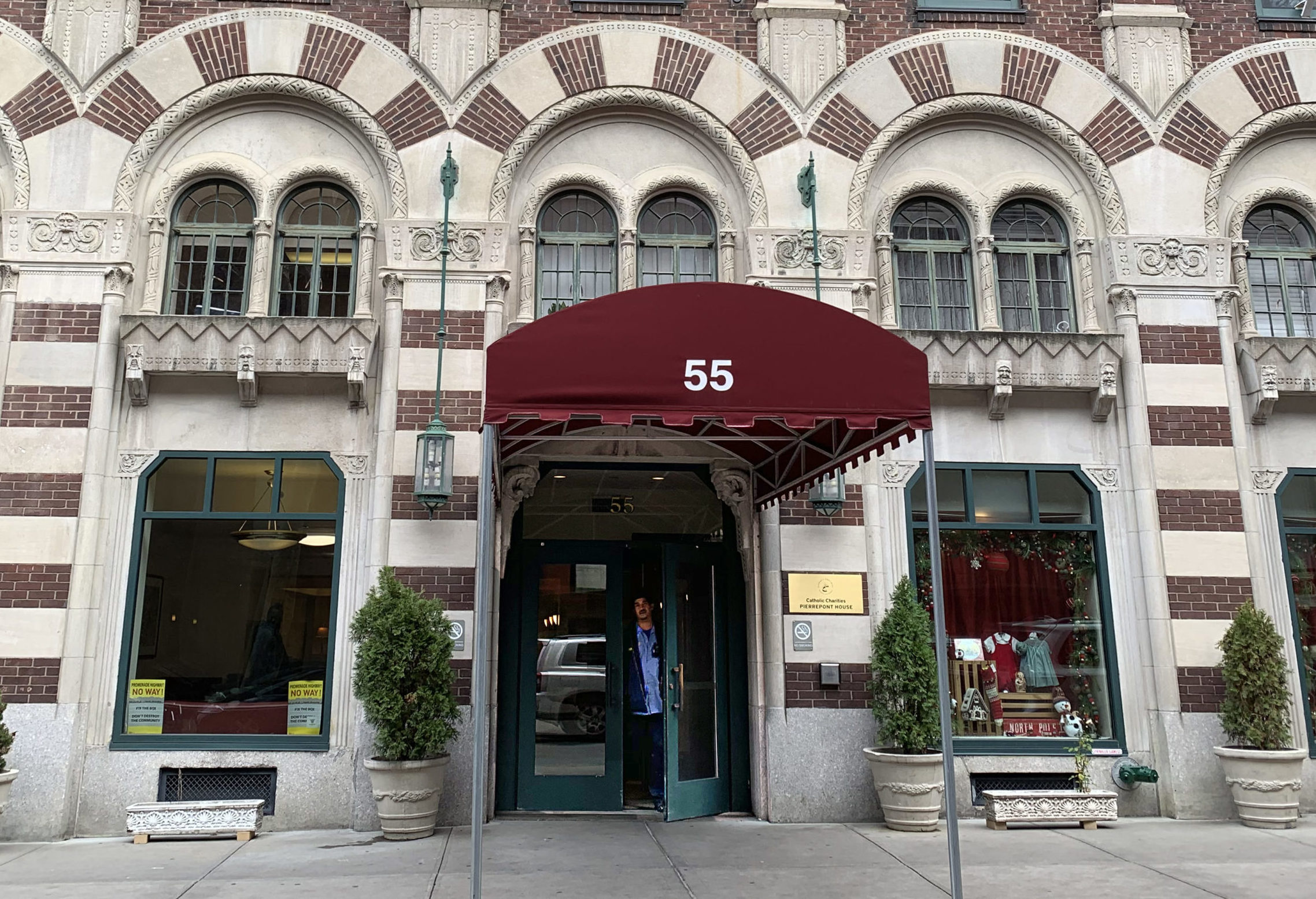Assassins and espionage: A history of spies in Brooklyn
A new book tells the story of some of New York City's sneakiest residents.

In the hotels, bars and shops we walk by unsuspectingly every day, foreign spies have long used New York City for clandestine operations.
It’s a tradition that continues to this day, according to the soon-to-be-released “Spy Sites of New York City: A Guide to the Region’s Secret History,” by intelligence historian H. Keith Melton and Robert Wallace, former director of the CIA’s Office of Technical Service.
It turns out that Brooklyn has been the setting for some of the most dramatic moments of this hush-hush history — from meetings in Brooklyn Heights where plans were made to kill Russia’s exiled Bolshevik leader Leon Trotsky, to the Blind Sheikh’s operation to bomb the World Trade Center.

Brooklyn Boro
View MoreNew York City’s most populous borough, Brooklyn, is home to nearly 2.6 million residents. If Brooklyn were an independent city it would be the fourth largest city in the United States. While Brooklyn has become the epitome of ‘cool and hip’ in recent years, for those that were born here, raised families here and improved communities over the years, Brooklyn has never been ‘uncool’.